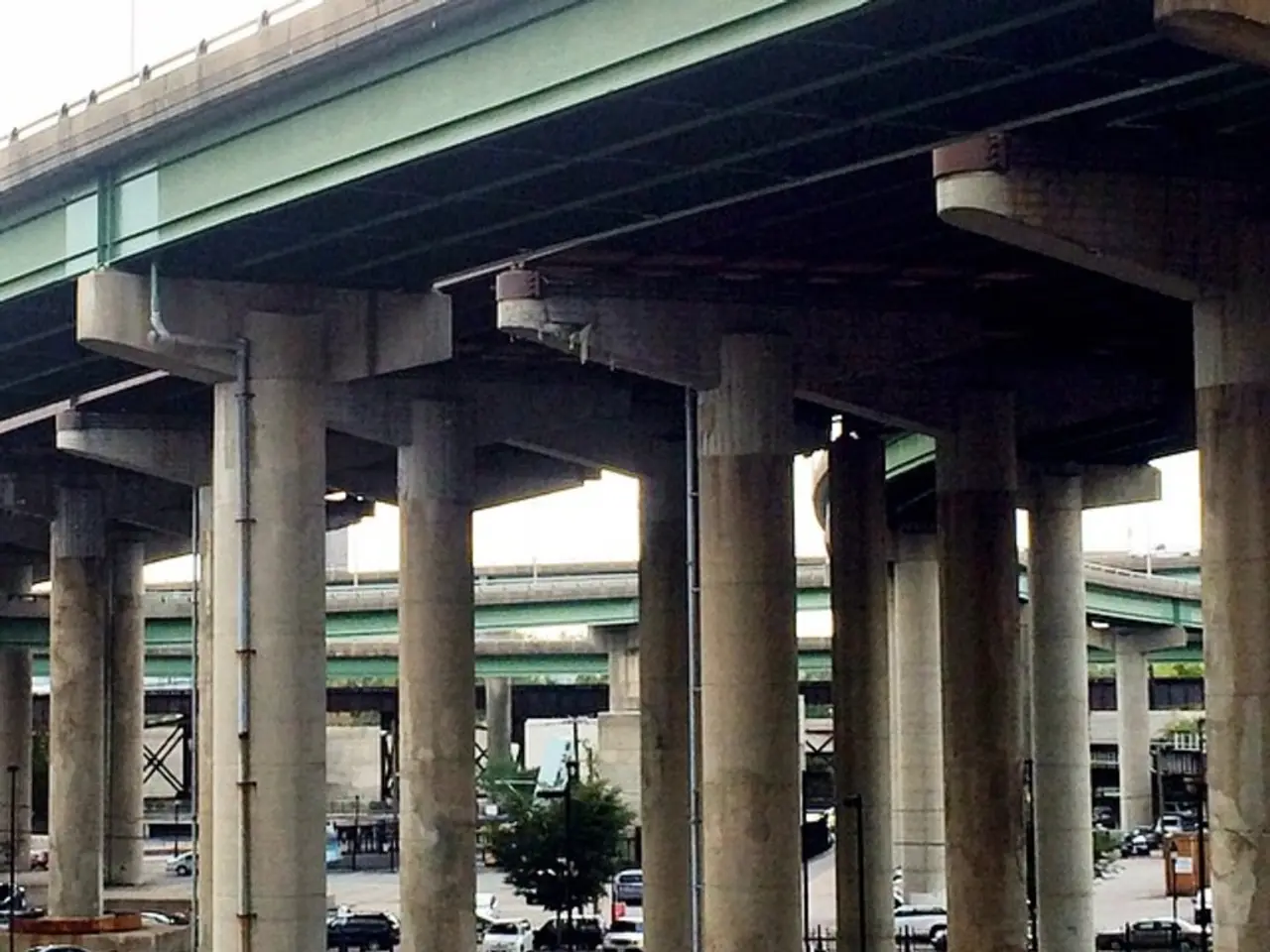Exploring a non-stop trek along the perimeter of Manhattan.
After three decades, New York City has unveiled its first comprehensive plan for its greenway network. The Greater Greenways: The New York City Greenway Plan, officially released on August 13, 2025, is set to transform the city's existing 506-mile network of bikeways and pedestrian paths into a unified, citywide network [1][2][3].
Connecting Neighborhoods and Open Spaces
The plan envisions a more connected, equitable, and sustainable transportation system by expanding the existing network. Key greenways such as the Queens Waterfront, Brooklyn Waterfront, Jamaica Bay Greenway, Manhattan Waterfront Greenway, Harlem River Greenway, and Staten Island North Shore Greenway will bridge the gaps in the network [3]. The Queens Waterfront, for instance, connects Long Island City, Astoria, East Elmhurst, and College Point [4].
Collaborative Efforts for Implementation
The Department of Transportation, Parks and Recreation, and Economic Development Corporation are collaborating on the plan's implementation [2][3]. The plan includes over 100 proposed or underway greenway capital projects, with specific timelines for these projects not detailed in the initial plan release [3].
A Vision for the Future
By 2028, detailed plans for each section of the greenway network are expected to be funded by $7.25 million in federal transportation money. However, the actual completion timeline for these projects remains uncertain and will depend on future administrative support and funding [4].
The Staten Island North Shore Greenway, which spans 10 miles between the Goethals and Verrazzano-Narrows bridges, is one of the proposed greenways. The Manhattan Waterfront Greenway aims to complete the loop around Manhattan, while the Brooklyn Waterfront Greenway connects over 20 neighborhoods from Greenpoint to Sheepshead Bay [4].
The Road Ahead
Securing funding, political will, and maintaining public engagement are key to the successful implementation of the Greater Greenways plan. Some projects could begin construction as early as 2028, but a full timeline and budget have not yet been established [5].
Transportation Alternatives' Ben Furnas suggests that if the Greater Greenways plan is successfully executed, future New Yorkers will find it hard to imagine living without it [6]. New York City Mayor Eric Adams echoes this sentiment, stating that every neighborhood deserves a front-row seat to enjoy New York's open spaces all year round [7].
The Greater Greenways plan promises 40 miles of new car-free routes across the five boroughs, connecting communities and opening up New York's waterfront like never before. As the plan moves forward, the city looks towards a greener, more connected, and more equitable future.
[1] The New York City Greenway Plan
[2] NYC Greenways Plan Revealed
[3] NYC Greenways Plan: What You Need to Know
[4] NYC Greenways Plan: A Comprehensive Look
[5] NYC Greenways Plan: The Road Ahead
[6] Future New Yorkers Will Love the Greater Greenways Plan
[7] Mayor Adams: Every Neighborhood Deserves Green Space
The Greater Greenways plan, aiming for a greener future, includes a 40-mile expansion of car-free routes for outdoor-living and home-and-garden enthusiasts, connecting neighborhoods across the five boroughs and opening up New York's waterfront [1]. In the years ahead, local initiatives will work towards transforming the city's lifestyle by creating more equitable and sustainable access to open spaces [7].




